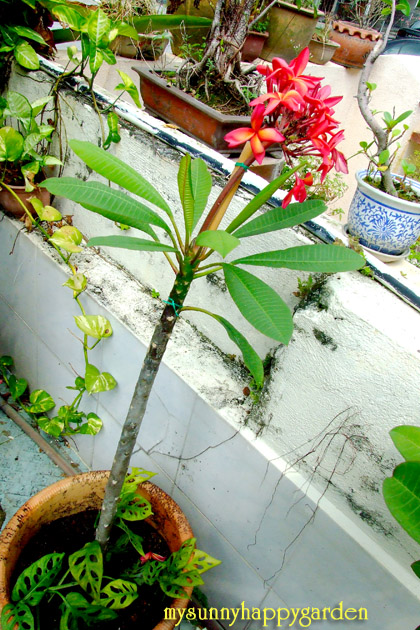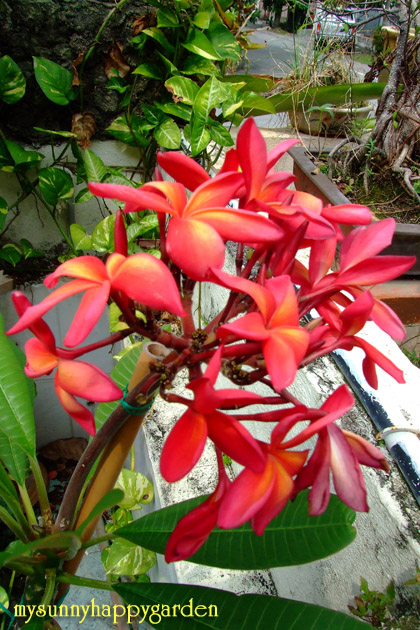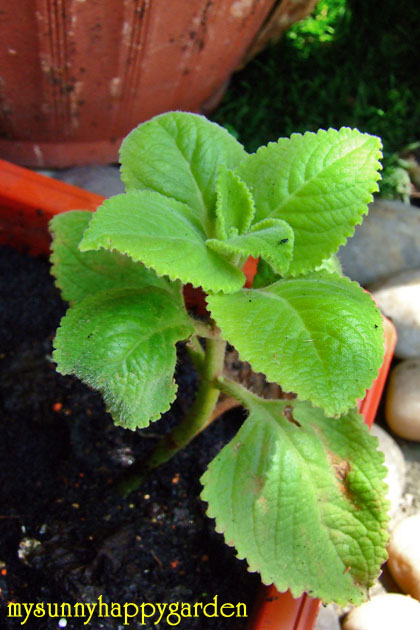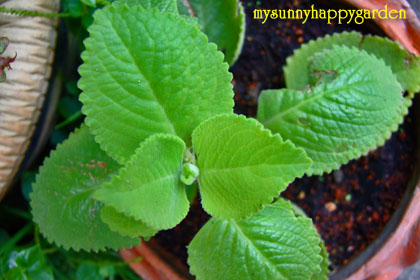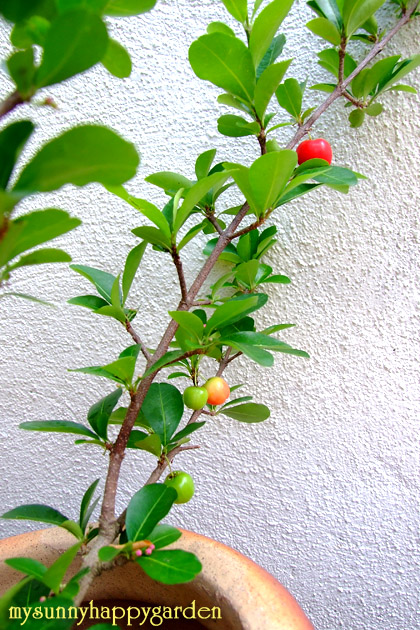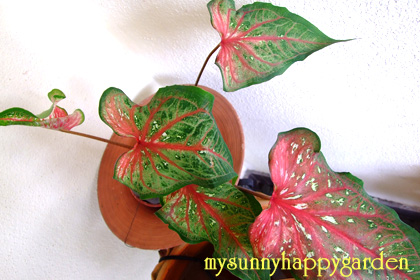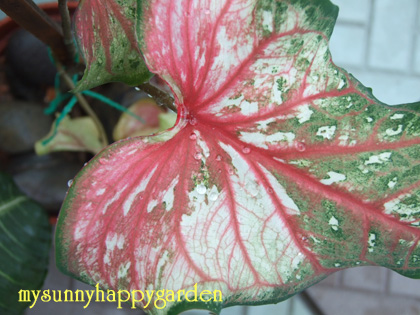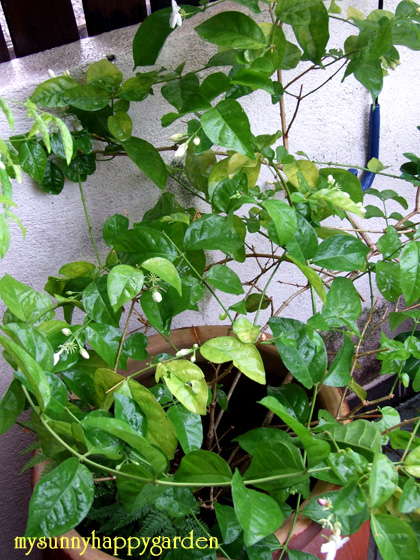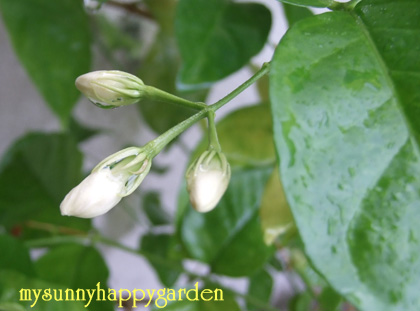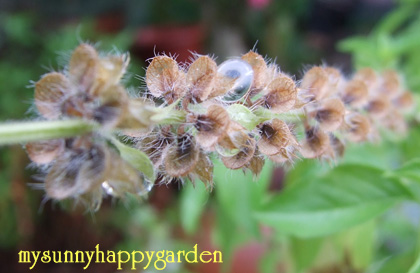I was glad during the long weekend of Labour Day holiday I was able to spend time on my own enjoying things that I like. For instance, I visited the Sg. Buluh Nursery, went for photo shoot at the Subang Jaya uncompleted flyover and last visited the Bandar Harapan Organic Farm. I wanna share with all of you my outing to Bandar Harapan Organic Farm.
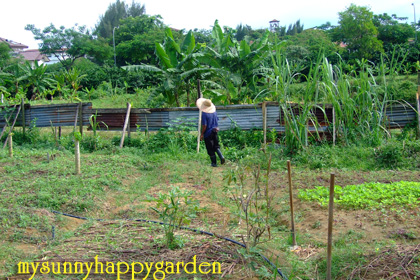
The Bandar Harapan Organic Farm (BH) is located in Ara Damansara. It's the first time I have been there even though I have heard so much about it. It is not difficult to find the location. Based on the map that I found on its website, I drove out to search for the farm. It wasn't difficult to find. Amazingly, the farm is located behind the area of posh bungalows within Ara Damansara residential houses.

Map 1: Direction to BH from Subang Airport

Map 2: Direction to BH from Kelana Jaya
My friend, Seong Mooi, who is a school teacher has adopted a piece of land within BH (about 200 square feet) to do organic farming. She would bring her school students there on Sundays to teach them about nature, plants and carry out environmental education with them. She said the owner of BH, Ivan Ho, actually taught them how to do organic farming on Sundays and on weekdays, the BH team will help to maintain the plants for them. She pays RM200 monthly for the maintenance of her plot of land in BH.
I think this is a rather interesting concept for urban people like us, who would love to try out organic farming and yet is lack of land in our usual linked houses.
I reached BH a bit late. My friend, Seong Mooi and her students have left the farm. Ivan has also left the farm with the harvest of the day. He sometimes sell his farm's produces in the Subang Jaya Buddhist Association. Fortunately, Ivan's assistant, Siti was around to let me in.
I had a great time exploring the farm and shooting away with my camera. These are what I saw at the farm. For one who grows up in town, I really enjoy exploring the farm and checking out the fruits and flowers there.

A papaya tree growing among the little choy sum.
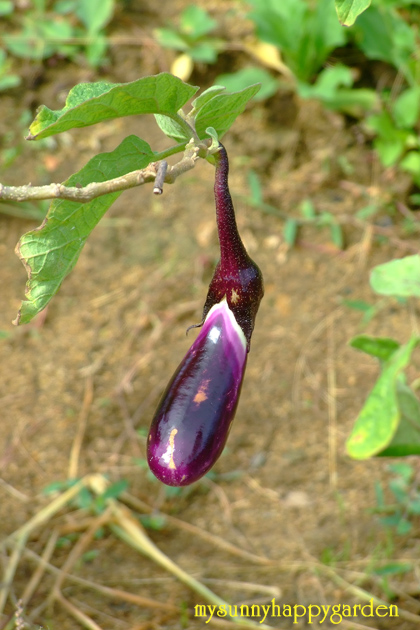
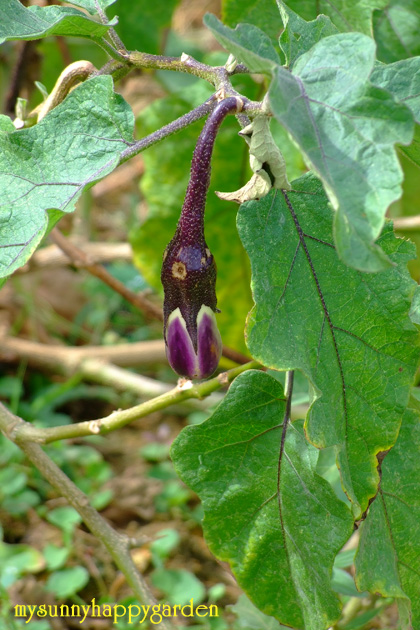
Brinjals hanging from their stems.

Red ladyfingers? I don't know why they are red.
(Added 29 May 2009: I was told by a friend that this red lady fingers are from Taiwan.
Bandar Harapan is trying to propagate more of this red lady fingers.)

A beautiful orange colour ladybird on a plant
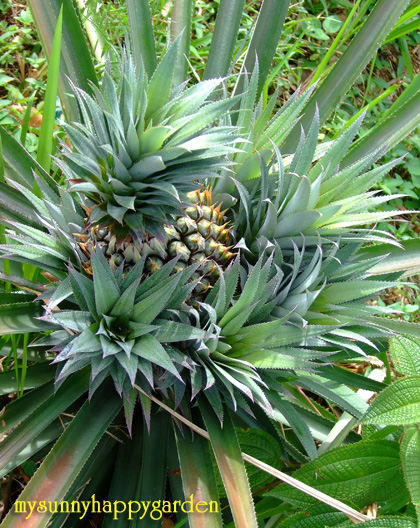
This is a big pineapple. There are a few growing by the side of the fence.
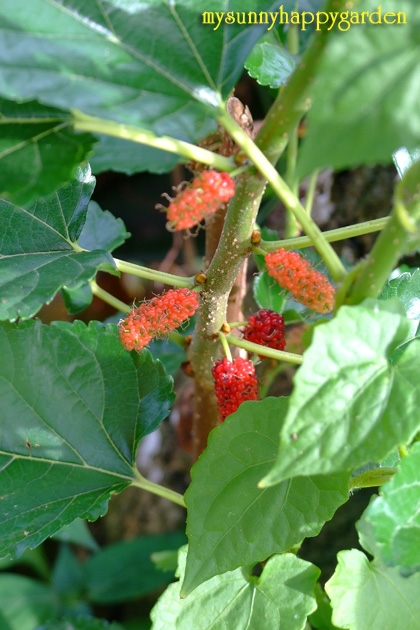
The mulberries in this farm produce many fruits.

Turmeric (kunyit) growing healthily

A type of sugar cane.
We usually boil it with rock sugar and it helps to reduce heatiness in the body.
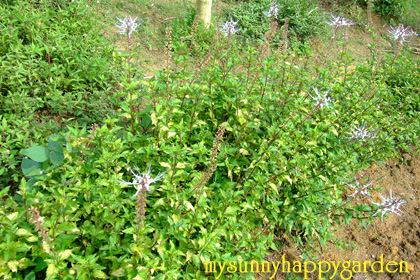
Misai Kuching

Morning Glory (Seri Pagi)

A water catchment pond, surrounded by Morning Glory.

A busy rooster
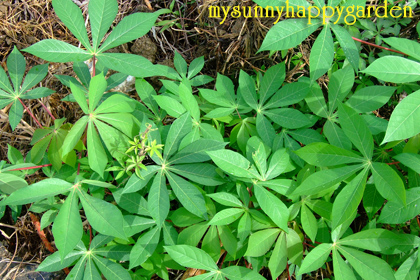
Tapioca shoots
(Corrected on 29 May 2009, thanks to blogger
Jenny for highlighting my mistake of tagging it
as Sweet Potato shoots)
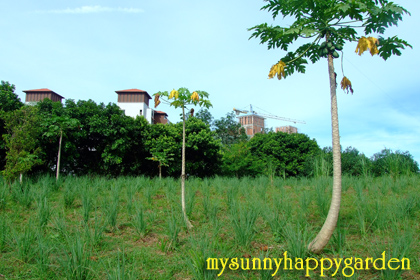
Rows of lemon grass

Curry leaves

A Hindu temple is found in the compound of BH.
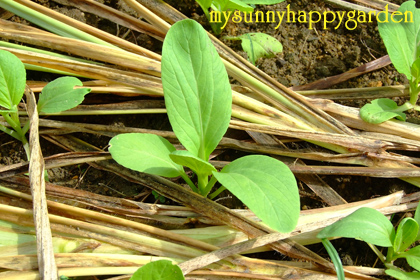
Young choy sum
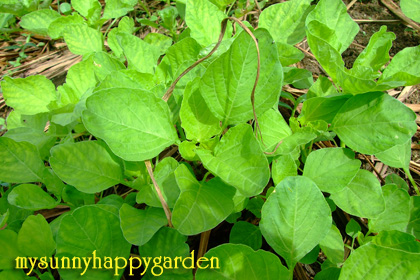
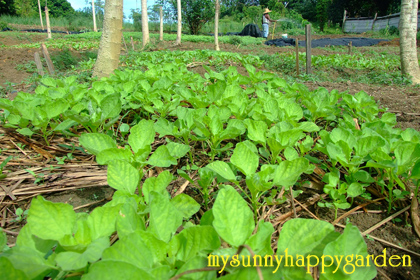

Lush green spinach

Flower of Lady Fingers
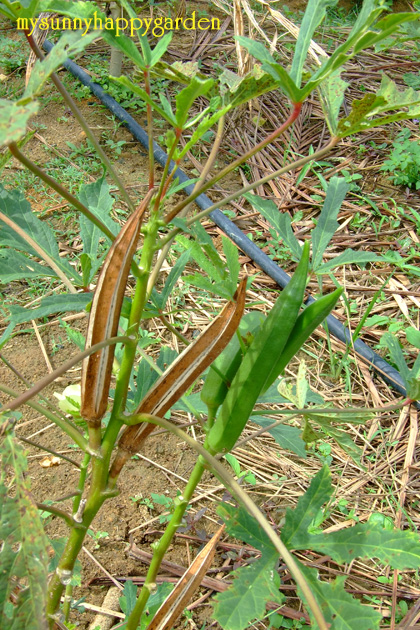
Lady fingers
For those of you who have not been to a farm, do give it a try. It's really fun exploring the place and checking out the vegies and plants growing!









